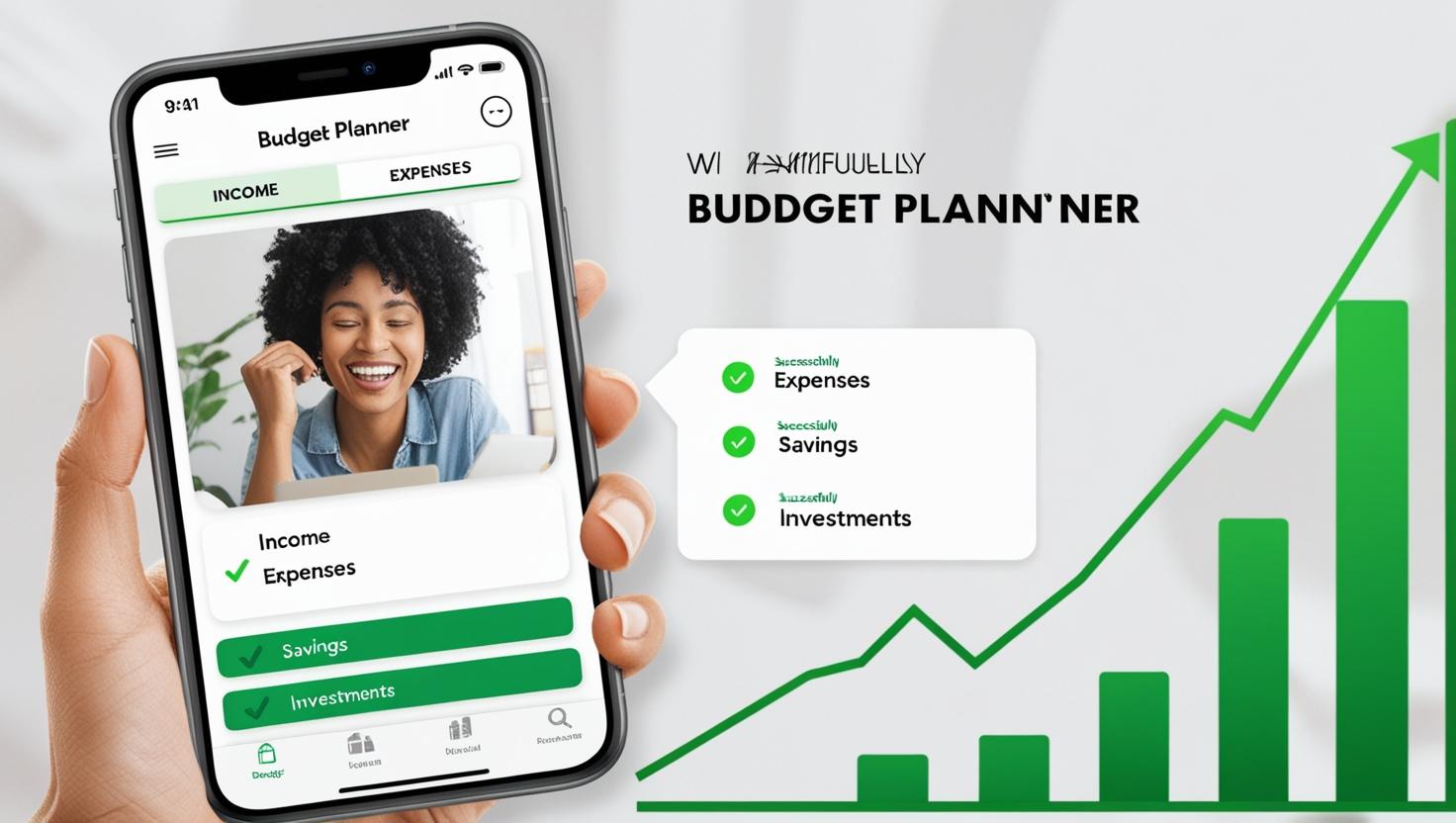NISM Certification Training
(24)+ Courses

A budget is the foundation of financial success, yet many people struggle to create one that actually works. Whether you want to save more, invest smarter, or reduce unnecessary expenses, having a well-planned budget can help you achieve financial stability. In this article, we will explore practical steps to create a bulletproof budget that is easy to follow and sustainable over the long term.
Before creating a budget, define your short-term and long-term financial goals.
✅ Types of Financial Goals:
💡 Example: If your goal is to save ₹2 lakh for a vacation in 2 years, your budget should allocate ₹8,300 per month towards that goal.
Knowing where your money comes from and where it goes is crucial for an effective budget.
✅ How to Track Your Finances:
💡 Example: If you earn ₹60,000 per month and your fixed expenses are ₹40,000, you have ₹20,000 for savings and discretionary spending.
Different budgeting techniques help manage money efficiently. Choose one that fits your lifestyle.
✅ Popular Budgeting Methods:
💡 Example: If your salary is ₹80,000, a 50/30/20 budget would allocate:
Cutting back on non-essential spending frees up more money for savings and investments.
✅ Ways to Cut Expenses:
💡 Example: Switching from a ₹3,000 monthly gym membership to home workouts saves ₹36,000 per year.
An emergency fund prevents unexpected expenses from disrupting your budget.
✅ How to Build It:
💡 Example: If your monthly expenses are ₹50,000, aim for an emergency fund of ₹1.5-₹3 lakh.
Automating savings ensures consistent financial discipline without relying on willpower.
✅ How to Automate:
💡 Example: Investing ₹5,000 monthly in a mutual fund SIP at 12% returns will grow to ₹11.6 lakh in 10 years.
Irregular expenses like annual insurance premiums or festive spending can derail your budget if not planned.
✅ How to Prepare:
💡 Example: If your annual insurance premium is ₹24,000, set aside ₹2,000 per month to avoid last-minute financial strain.
Modern budgeting apps simplify tracking and managing expenses.
✅ Best Budgeting Apps:
💡 Example: Using a budgeting app alerts you when overspending in a category, helping maintain financial discipline.
A budget is not static—it should evolve based on changes in income, expenses, or goals.
✅ How to Review Your Budget:
💡 Example: If you got a ₹5,000 salary hike, direct ₹3,000 to investments instead of increasing discretionary spending.
Staying consistent with budgeting requires motivation.
✅ Ways to Reward Yourself:
💡 Example: After saving ₹1 lakh, reward yourself with a staycation or a nice dinner.
A bulletproof budget is flexible, goal-oriented, and easy to maintain. By setting clear financial goals, tracking expenses, reducing unnecessary costs, and automating savings, you can achieve financial stability while enjoying life. Take control of your money today and create a budget that truly works for you!
Source: Economic Times, "How to Create a Budget That Works for You," economictimes.com
